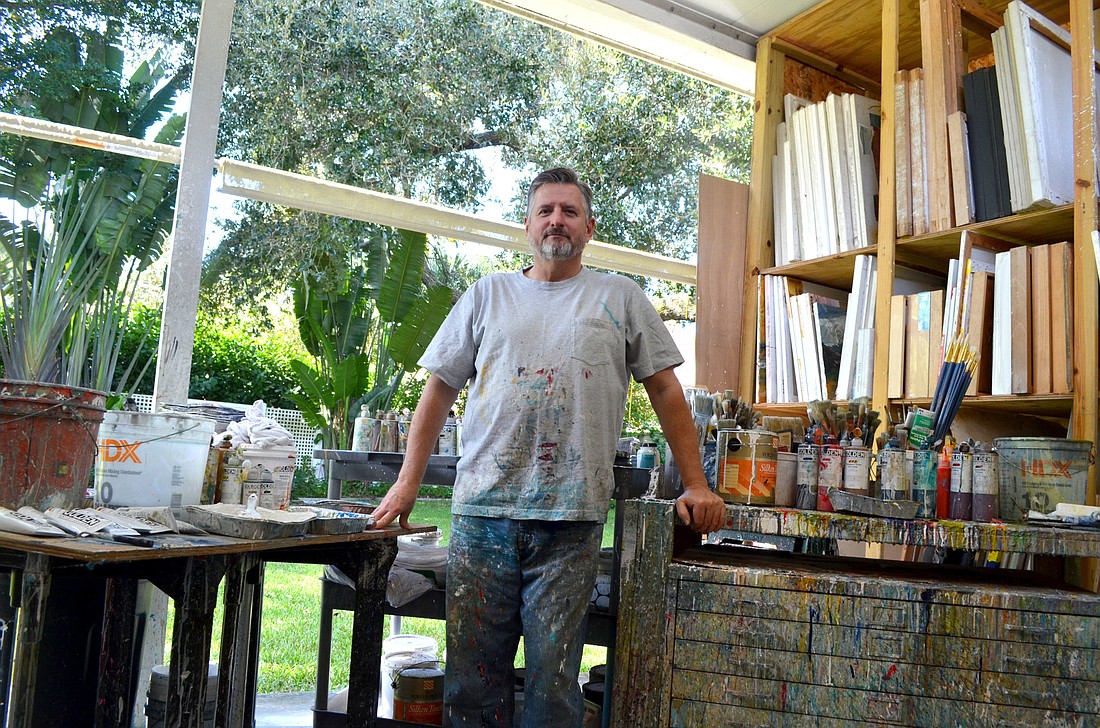- April 19, 2024
-
-
Loading

Loading

In the art world, predictability isn’t always a bad thing. In fact, people come to expect it. When looking at an artist’s body of work, scholars, collectors and even casual viewers like to be able to see a timeline of stylistic evolution.
David Steiner doesn’t subscribe to that school of thought. For him, the joy of painting comes from constantly exploring new, different styles. He doesn’t avoid being unclassifiable — he embraces it.
The 58-year-old painter and co-owner of State of the Arts Gallery didn’t get his start creating art, but rather by studying it. Armed with a bachelor’s degree in art history, Steiner says he got a late start to painting, but that his education had a notable impact on his style.
“Everything is derivative,” he says. “When you’re looking at thousands of years of art, you see that. You see how the dots are connected — how the art world shifts along with history. Now, with social media and the Internet, the pool of art from which things can be derived is bigger than it’s ever been. You can access work by hundreds of artists — along with reviews and critiques and scholastic resources — all in a short amount of time. It’s a huge resource for inspiration.”
After opening State of the Arts with his wife, Tre Michel, in 2004, he’s continued to master his craft, creating work, in ever-changing styles, for the gallery, as well as for public and private installations. Working out of his Siesta Key al fresco studio, he says its accompanying challenges — rain, heat, humidity and other factors that make for a less-than-ideal painting environment — are welcomed and as unpredictable as his work.
“It’s an oxymoron for an artist to do the same thing over and over once they’ve found success at something,” he says. “A lot of people follow that pattern, but that doesn’t work for me. I like exploring different things on a continual basis. I’ll find success in one style, but on a very regular basis, I’ll take a hard left. That’s just my personality.”